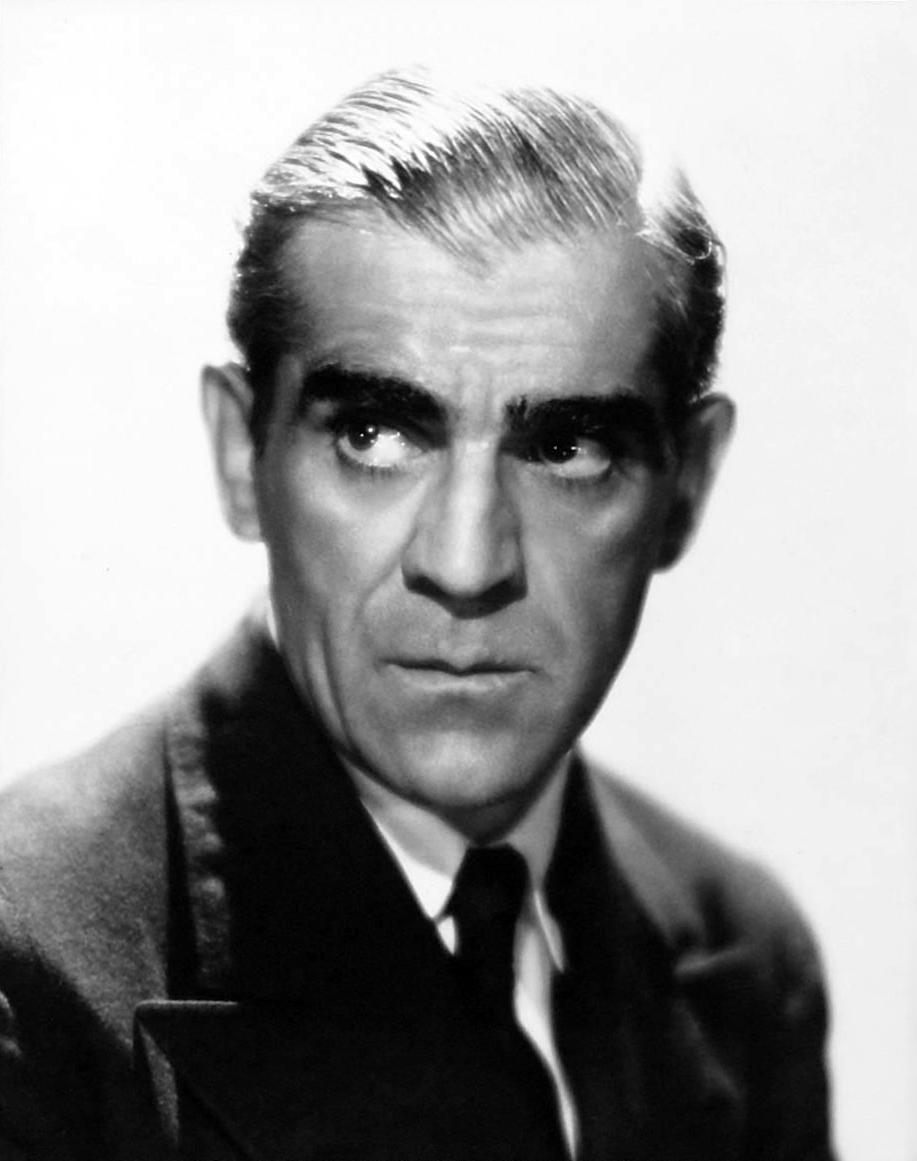Sunday, September 20, 2015
1935 Create a Movie: "The Night of The Looking Glass"
Imagine: the story of a man, battling the Depression in 1935. He's been laid off from his job as a postman, and he's stuck in the void of other everyday men looking for jobs that aren't there. He is still an honest man, searching to provide for his family of five - a wife and three children, all under the age of 10. In the middle of all of our protangist's dismay, as if this meeting was fate, as impeccably good-looking man shows up on his doorstep, asking to stay the night in their small house. Our man complies, and they spend the night drinking and telling stories of their youth. The next day, our protagonist's face has turned somewhat odd; he seems older, uglier, and his personality is more smug and off-putting. His family is not able to talk to him about what has happened, but they've placed their blame on the visitor, who has strangely dissappeared before they woke. Madness is in store for this smalltown family as they attempt to solve the mystery of their father's ever-changing face.
The film would express a moralistic theme of family values. The father almost completely leaves his family for this stranger, who metaphorically and physically sucks the youth from him. By expressign this artistically, audiences would walk out of the theatre and express gratitude to their family members, in case a mysterious stranger attempts to steal them away.
The film fits into the category of mystery/horror, so Universal would be an obvious choice for the studio to engage audiences that expect to be scared. Fan-favorites Boris Karloff and Bela Lugosi star as the family-man and mysterious visitor, respectively. Audiences would recognize those names and flood the theatres, as hoped by Universal. By casting those two, and by the film's dark tones and eerie cinematography, it will easily be a horror film that a small portion of audiences at this time appreciate.
To capture Karloff's transition from man to monster, makeup artist Jack Pierce would be hired for his work with Karloff on Frankenstein and The Mummy. To keep in line with the acclaimed horror film crew, Karl Freund would be hired as the director to ensure a completely unnerving set. The use of a few up-to-date cameras will work well to emphasize the film's grotesque transformation of the main character.
In the Hay's Code, there is no indication on whether or not grotesque characters are allowed in a movie if they are unsettling to the eye. So, Warner Brothers will continue to fund this film as is. The only curveball the Hay's Code may have thrown was the fact that lower standards of life are displayed in the film. After he undergoes the transformation, he is evil and terrible to his family- the script including some abuse and offensive language. To get around this, there will be no airtime of abuse, only slight bruises on his son in some uncomfortable scenes and shots of inaudible yelling while the camera is panned in front of their house, to showcase it could be happening at a house in the neighborhood, no the protagonist's.
For the box office, this film would not do as well as other films, due to its nature. A horror film, even of excellent quality, will hardly outsell a comedy or drama, especially in 1935 when Americans feared abrasive leaders (and another Stock Market Crash). The film has aesthetic appeal and an overall cult film vibe, so it would become a classic to horror fans, as The Wolfman and Creature from the Black Lagoon have become.
Subscribe to:
Post Comments (Atom)

No comments:
Post a Comment